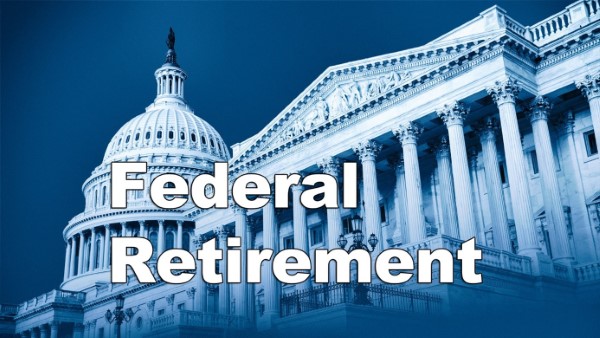
A] Prelude*
* For more information about U.S. pension claims and social security coverages, feel free to visit our dedicated webpages:
https://expatpensionholland.nl/usa-expat-pensions
https://expatpensionholland.nl/global-social-security-coverage
B] New Law
Reform of the State pension system has long been on the political agenda. The 2010 National Pensions Framework identified that increased longevity means a demand for longer participation in the workforce and an increase in the State’s pension costs.
To address this demand, one of the future developments outlined in the Framework was “to allow people to postpone receiving the State Pension beyond pension age and to make up contribution shortfalls.” This change has been implemented in law effective 1 January 2024.
We will now examine the impact of this change on mandatory retirement ages and existing pension arrangements.
C] Which changes have been introduced?
Under the 2023 Act, flexible pension arrangements were introduced for individuals applying for the State Pension with effect from 1 January 2024. Employees reaching age 66 now have an option to:
(i) drawdown the State Pension at age 66 as normal (subject to having the required amount of PRSI contributions), or
(ii) defer drawdown until any age between 67 and 70 in return for an actuarially increased pension at the later drawdown date.
The aim of the flexible regime is to allow individuals the option of continuing to work. In addition to incentivizing employees to continue working past State Pension age, the deferral option allows people who may have less than 10 years’ PRSI contributions, to improve their social insurance payment record by continuing to pay PRSI, thereby potentially increasing their State Pension. This is subject to the overall limit of 2,080 PRSI contributions or 40 years of service.
In order to qualify for an actuarially increased State Pension, its payment must be deferred until at least the individual’s 67th birthday. The first cohort of individuals who are entitled to defer their State Pension are those who reach 66 from January 2024. The first payment of the higher rate of State Pension will be made in January 2025 on the assumption that individuals choose to draw down their State Pension at age 67 instead.
Employees who opt for deferral do not need to notify the Department of Social Protection of their intention to do so.
D] Key considerations for employers
1] Effect on mandatory retirement ages
The Supreme Court decision in Mallon v Minister for Justice and Others confirmed that company-wide or blanket mandatory retirement ages are permissible and that individual assessments (at employee level) are not required, so long as retirement age thresholds are objectively justified.
However, the right of an employee to defer receipt of the State Pension until 70 could, from an employment equality law perspective, put pressure on the sustainability of retirement ages below that age.
In short, 70 may become the new 65. Objective justifications (such as intergenerational fairness) are still sustainable in appropriate cases, but employers will have to await further decisions from employment forums to understand the impact of an employee’s ability to defer receipt of the State Pension up to age 70 on mandatory retirement ages.
2] Impact on existing pension arrangements
For employers that operate guaranteed Defined Benefit pension schemes, an assessment of the scheme’s governing trust documentation will be required in order to ascertain whether any technical amendments are required as a consequence of the impact of the State Pension deferral.
Key provisions that may fall to be considered include:
(i) whether membership of the scheme after normal retirement age (which is normally 65, but can be from 60) is permitted;
(ii) calculation of benefits, particularly when provided on an integrated/co-ordinated basis (i.e. where an allowance is made for the State Pension in an individual’s overall pension package, typically achieved by including a State Pension “offset” for the purposes of calculating pension benefits); and
(iii) impacts on supplementary or bridging pension provisions.
For employers that operate a investment based Defined Contribution scheme the key provisions to be reviewed relate to membership after normal retirement age, the timing of benefit drawdown, and the ability to continue making employer/employee contributions after normal pension age.
In all schemes, it will be necessary to consider how death in service benefits will operate (if at all) in circumstances where an employee dies in service after normal retirement age.
E] Occupational Supplementary Pensions in public sector
With effect from 1 August 2024, the criteria for eligibility for an occupational supplementary pension have been revised. An OSP is paid by public service pension schemes where an individual does not qualify for the full State Pension on retirement. The purpose of the OSP is to ensure that, in circumstances where occupational pension benefits are coordinated with the State Pension, the member receives an overall pension package equal to the occupational pension which would have been payable if there had been no coordination.
Where an individual opts to defer receipt of the State Pension, an OSP will not be payable. Government Circular 12/24 “Arrangement for Occupational Supplementary Pensions (OSP)” confirms that, when considering whether an individual is in receipt of their full social welfare entitlements, deferral of the State Pension is a cause within the control of that individual.
Once an individual subsequently elects to receive the deferred State Pension, they may be entitled to an OSP (if they are not entitled to the maximum rate of the State Pension) but payment of the OSP will not be backdated.
F] Finally
It seems advisable for both employers and employees to not make any changes or decisions before having received advice from a retirement consultant.
